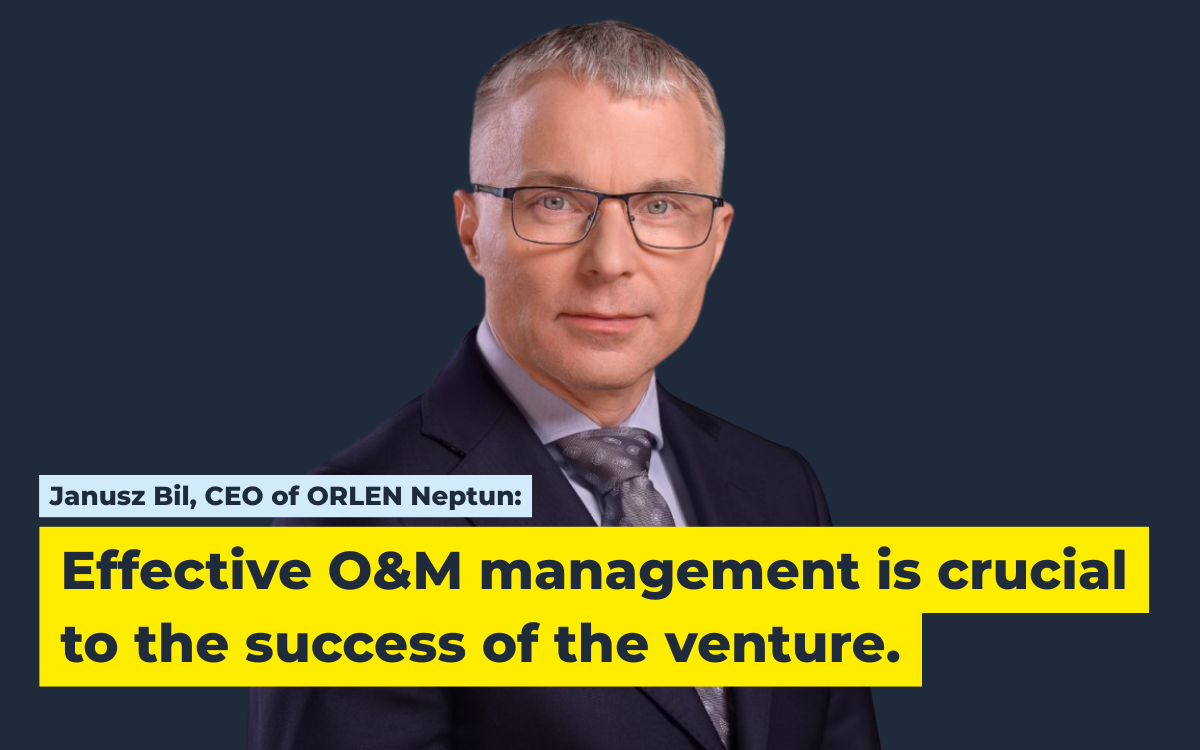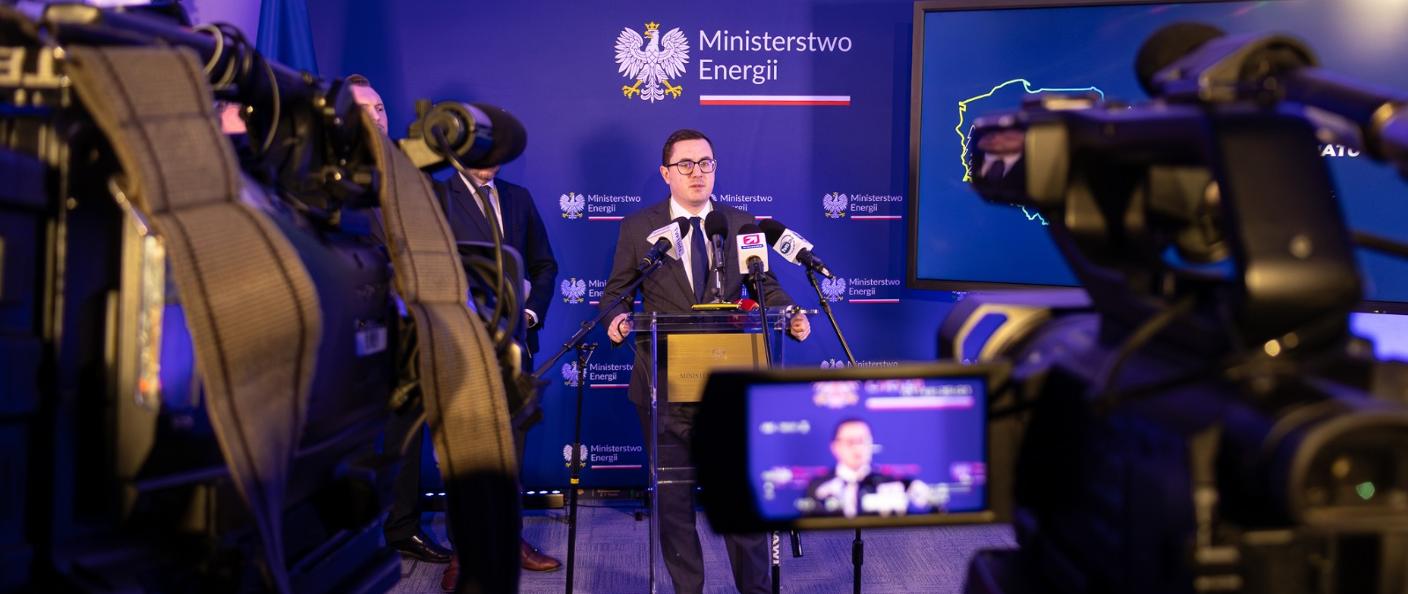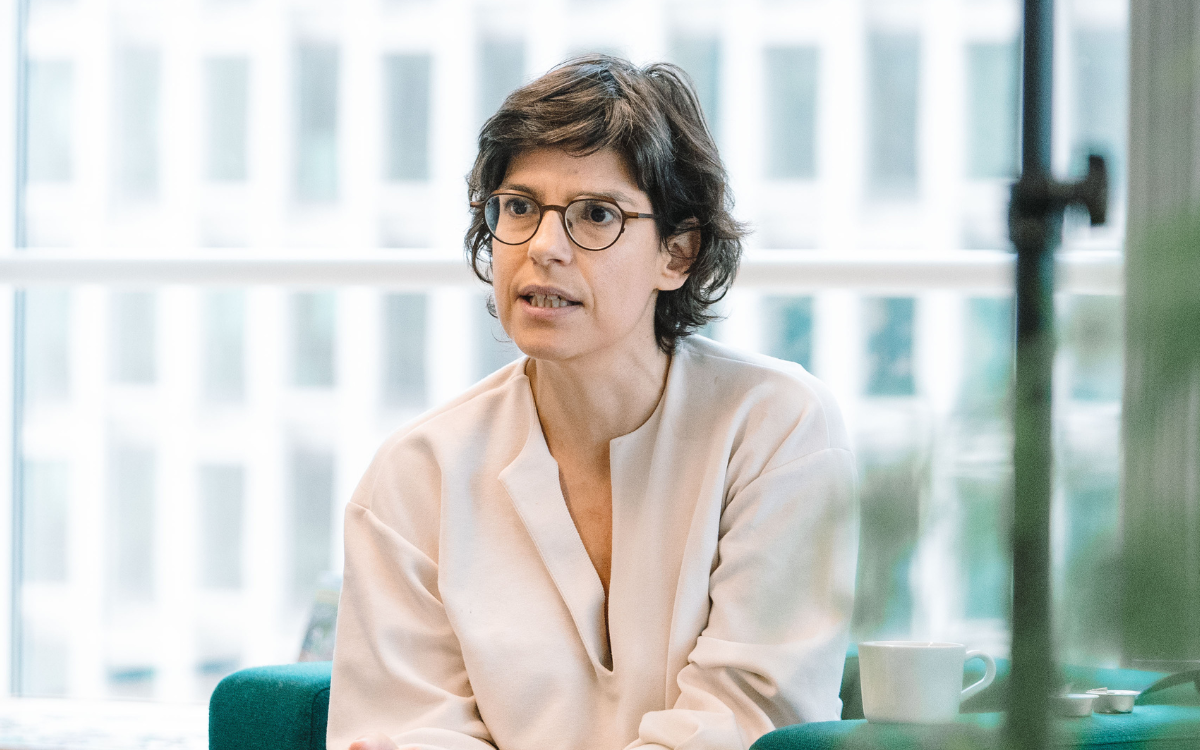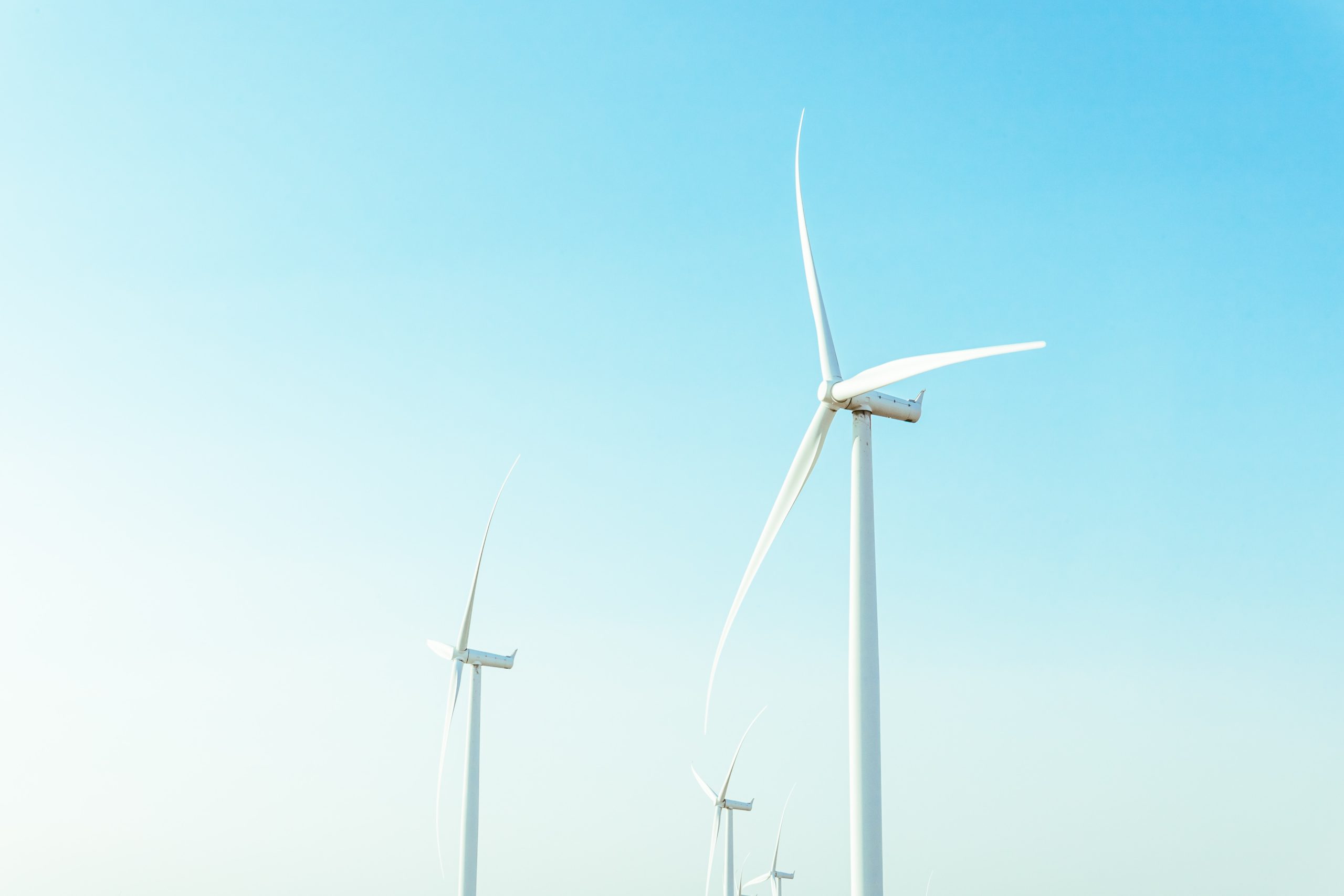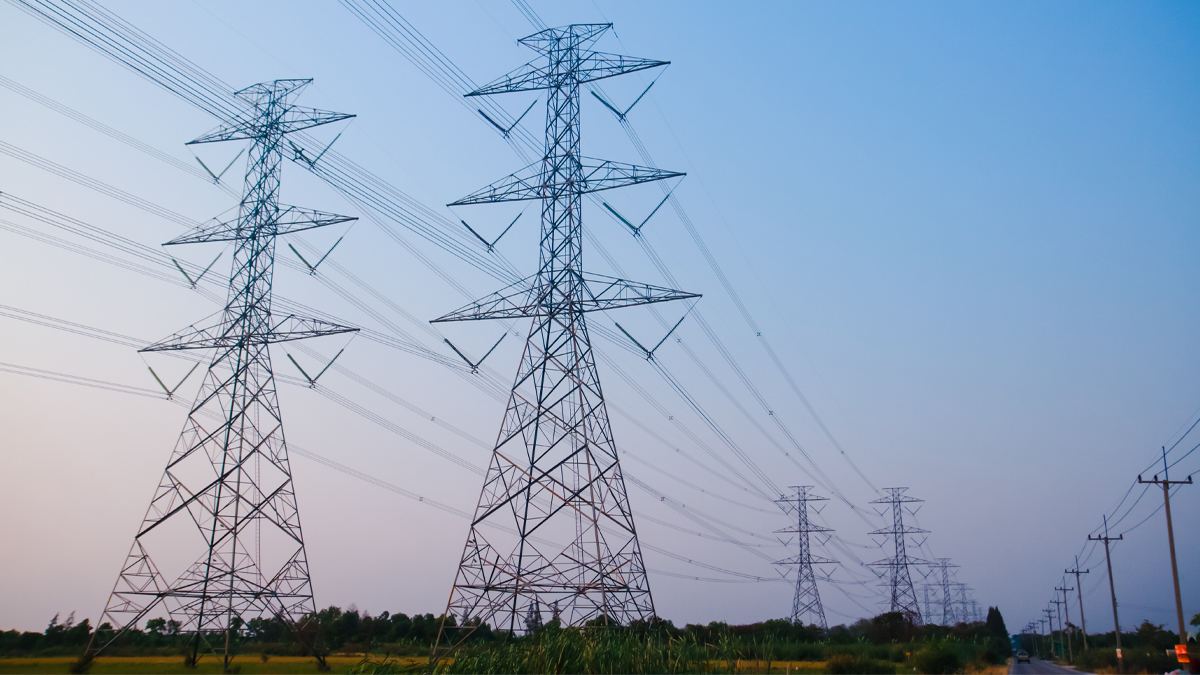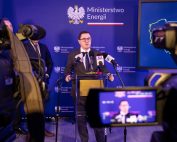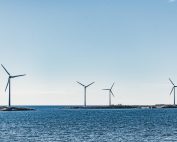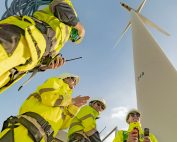Sunday 6 November saw the start of the COP27 Climate Change Conference in Sharm El-Sheikh, Egypt. The meeting, which will last until 18 November, takes place in the shadow of the ongoing energy crisis caused by Russia’s war in Ukraine, as well as numerous extreme weather events around the world such as floods and droughts.
As Sameh Shoukr, Egypt’s Minister of Foreign Affairs and President of COP27, highlights in a letter to participants:
“We gather this year at a critical time of cascading risks and overlapping crises, multilateralism is facing a challenge due to geopolitical situations, spiraling food and energy prices, and a growing public finance and public debt crisis in many countries already struggling to contend with the devastating impacts of the pandemic, all of which demand urgent attention.”
One of the European Union’s negotiating objectives is to ensure further ambition and action in this critical decade, also by adoption of a Mitigation Work Programme and work on ending inefficient fossil fuel subsidies phasing down coal reducing methane emissions aligning targets with the 1.5°C goal.
The renewables industry has an extremely important role to play. A report published in October this year by the World Meteorological Organization (WMO) – which is a UN agency – shows that globally, investment in renewable energy needs to triple by 2050.
“The energy sector is the source of around three-quarters of global greenhouse gas emissions. Switching to clean forms of energy generation, such as solar, wind and hydropower – and improving energy efficiency – is vital if we are to thrive in the twenty-first century. Net zero by 2050 is the aim. But we will only get there if we double the supply of low-emissions electricity within the next eight years”, said WMO Secretary-General, Prof Petteri Taalas.
As pointed out by WMO, increased investment is needed to get the world on a net zero emissions trajectory by the middle of this century. In 2019-2020, most investment in renewable energy was made in the East Asia and Pacific region (mainly China and Japan), followed by Western Europe and North America. The authors point out that developing countries are underrepresented when it comes to accessing clean energy finance. International public financial flows towards developing countries in support of clean energy and the implementation of SDG 7 decreased in 2019 for the second year in a row, falling to USD 10.9 billion. This level of support was 23% lower than the US$14.2 billion provided in 2018, 25% below the 2010-2019 average and less than half the 2017 peak of US$24.7 billion.
15 November on COP27, will be a day dedicated to Energy, with a series of events and debates. The agenda is available at: https://cop27.eg/assets/files/thematic-days/ENERGY%20DAY.pdf
The wind industry will be present at COP27 primarily within the Wind & Solar Pavilion where the GWEC (Global Wind Energy Council) team will be active. Organised events will be available to follow on site, as well as on social media. Among the presented and discussed topics will be investment financing, the rise of energy islands, resilience of supply chains and decarbonisation of the industry. The agenda and registration are available at: https://gwec.net/gwec-cop27-hub/?mc_cid=7dfd15e2fd&mc_eid=5c12078787
Source: cop27.eg, unfccc.int, gwec.net



